How to Develop a Diet and Nutrition App ? A Complete Guide 2025
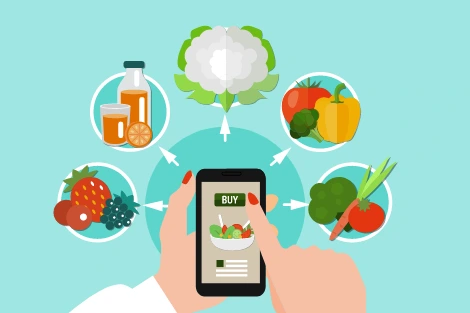
Introduction
In a world where health and wellness have taken center stage, the rise of digital solutions for dietary guidance is more important than ever. As we juggle our busy lives, the quest for healthier eating can feel overwhelming, prompting many to seek out personalized solutions. This is where diet and nutrition apps step in, offering tailored advice and tracking capabilities right at our fingertips. But how do you transform an idea for a diet app into a reality? In this comprehensive guide, we'll walk you through each step of the development process—from understanding user needs to designing an intuitive interface.
Together, let’s explore how to create an app that not only educates but also motivates and inspires users on their unique journeys to better health. Whether you’re a budding developer or an entrepreneur with a passion for nutrition, this guide will equip you with the insights you need to make an impact in the digital health space in 2025.
What is a Diet and Nutrition App ?
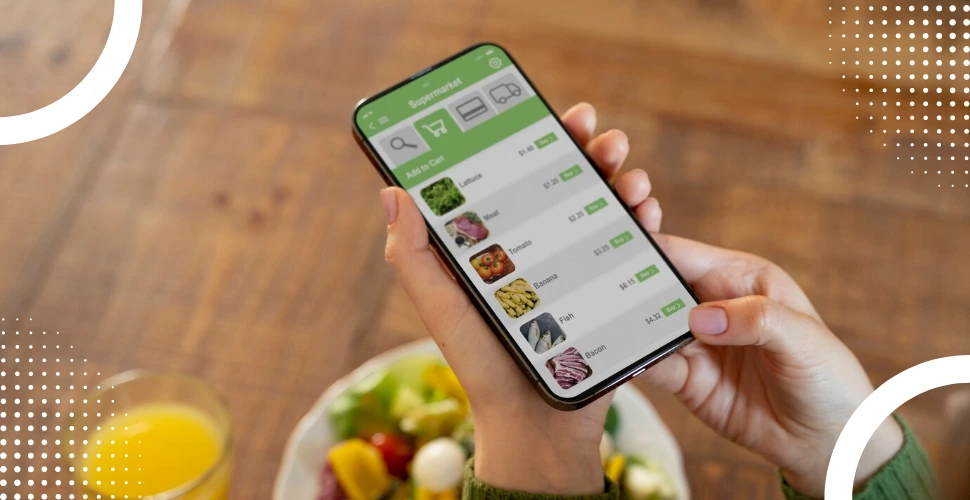
A Diet and Nutrition App is a digital application designed to help users manage their dietary habits and overall nutrition. These apps often provide tools for tracking food intake, calculating caloric and nutritional values, offering meal planning suggestions, and promoting healthier eating habits. With increasing awareness of health and wellness, these applications have become essential tools for individuals seeking to improve their diet and maintain a healthy lifestyle.
Why Develop a Diet and Nutrition App?
The global emphasis on health and well-being has made diet and nutrition apps increasingly popular. They not only assist in personal health management but also offer businesses a chance to tap into a growing market. Understanding the need for such applications provides the foundation for developing a successful product.
Key Features of A Diet and Nutrition App
Before diving into creating a diet app, let's explore the essential features that any successful nutrition application should offer. To stand out, it's crucial to include a unique, value-driven feature that sets your app apart and resonates with users.
Personalized Meal Planning
Customize user diets according to preferences and nutritional needs. This feature offers users personalized meal plans based on dietary restrictions, caloric goals, and lifestyle.
Calorie and Nutrient Tracking
Enable users to log their food intake and track nutrients. Users can enter food items, measure serving sizes, and see calorie breakdowns along with macronutrient content.
Recipe Database
Provide a rich repository of healthy recipes. Users can explore a wide range of nutritious recipes that align with their dietary preferences and restrictions.
Integration with Wearable Devices
Sync data with fitness trackers for comprehensive health monitoring. Integration with wearables like Fitbit or Apple Watch allows users to track physical activity and adjust caloric intake accordingly.
Community Support and Challenges
Encourage users to connect and support each other. Features like forums, diet challenges, and progress sharing foster a sense of community, motivating users to stay on track with their nutrition goals.
Benefits of a Diet and Nutrition App
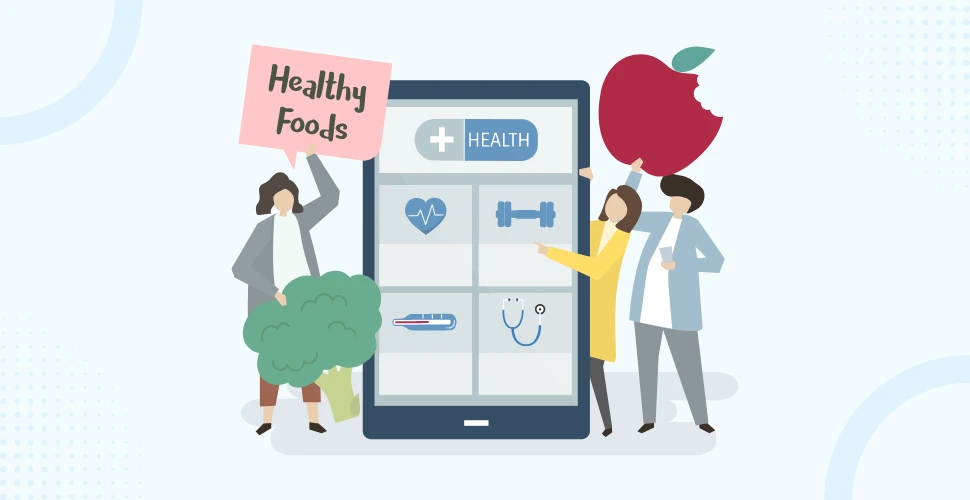
Let’s explore the key benefits of using a diet and nutrition app, illustrating how it adds value to users and promotes long-term success in their health and wellness journey.
Improved Health Awareness
Educate users about their dietary choices and health. By gaining insights into nutritional information, users can make informed decisions regarding their food intake.
Lifelong Healthy Habits
Encourage the development of sustainable eating habits. Regular use of the app may help instill discipline, leading to lasting lifestyle changes.
Motivation Through Community Engagement
Foster a support system that helps users stay engaged. Community features and challenges can increase motivation, making users more likely to stick to their diet plans.
Accessibility to Resources
Offer quick access to helpful dietary resources and recipes. Users can easily find meal ideas, nutritional guidance, and cooking tips, streamlining their journey toward healthy eating.
Tailored Solutions for Diverse Needs
Accommodate various dietary needs and preferences. Whether someone follows a vegan, gluten-free, or ketogenic diet, the app can provide customized solutions and meal plans.
Steps to Develop a Diet and Nutrition App
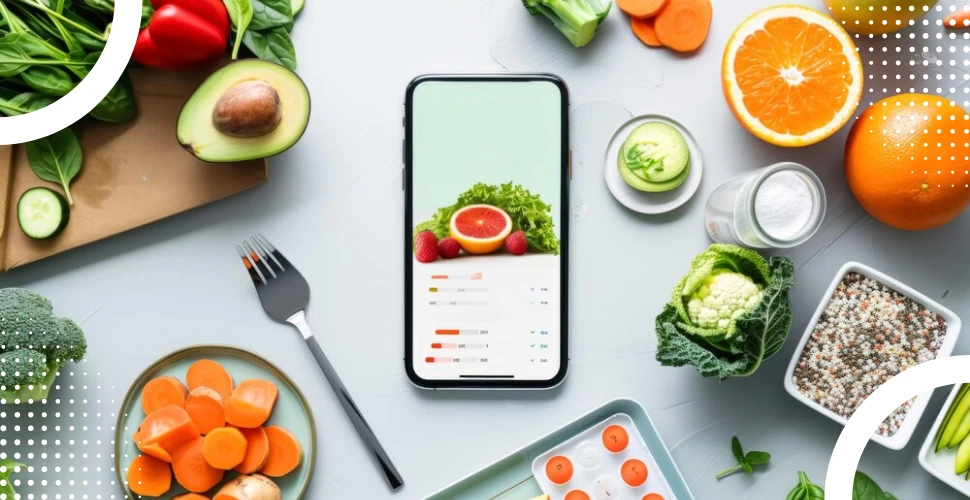
Step 1: Research and Analyze User Needs
Before diving into development, it’s crucial to understand who your target audience is and what their needs are. Conduct surveys, interviews, or focus groups to gather insights. Questions to consider include:
- What common health and dietary problems do users face?
- What features are most important to them?
- How do they currently track their diet and nutrition?
Step 2: Define the Key Features
Based on your research, establish the key features that will set your app apart and add value to users. Common features include:
- Food Database: A comprehensive database of foods, including nutritional information.
- Calorie Tracker: Tools for users to log their meals and track calories.
- Meal Planning: Options for users to create and modify meal plans according to their dietary preferences.
- Recipe Suggestions: A collection of healthy recipes aligned with users’ dietary goals.
- Progress Tracking: Charts and graphs that visualize users’ progress.
- Integration with Wearable Devices: Syncing with devices like smartwatches for activity tracking.
- Community Support: Features that allow users to interact and support each other.
Step 3: Create a Business Model
Consider how your app will generate revenue. Common business models include:
- Freemium: Basic features are free, with premium features available via in-app purchases.
- Subscription: Monthly or yearly subscriptions for access to advanced features.
- Ad-Supported:Free access but includes ads from partners or brands.
Step 4: Design the User Interface (UI) & User Experience (UX)
An intuitive UI/UX design is crucial for user retention. Key design principles to follow:
- Simplicity: Keep navigation straightforward and intuitive.
- Aesthetics: Use a clean, appealing design that enhances user engagement.
- Responsive Design: Ensure the app works seamlessly across various devices and screen sizes.
- Accessibility: Make sure the app is usable for people with disabilities.
Step 5: Develop the App
Choose the right technology stack for your app. Decide if you will build a native app for iOS or Android, or a cross-platform solution. Collaborate with skilled developers to bring your vision to life. Make use of agile development methodologies to ensure flexibility and efficiency in the build process.
Step 6: Test the App
Comprehensive testing is crucial to identify and fix any bugs or issues. Types of testing to carry out include:
- Functional Testing: Ensuring all features work as intended.
- Usability Testing: Gathering feedback from users to improve UX.
- Performance Testing: Checking the app’s performance under high load.
Step 7: Launch and Market the App
After testing, prepare for the launch. Develop a marketing strategy that may include:
- Social Media Campaigns: Use platforms like Instagram and Facebook to reach potential users.
- Influencer Partnerships: Collaborate with health and fitness influencers to promote your app.
- SEO Optimization: Ensure your app’s landing page is optimized for search engines with relevant keywords related to diet and nutrition.
Step 8: Gather Feedback and Iterate
After launch, continuously seek user feedback to improve your app. Regularly update the app based on user suggestions and technological advancements.
Conclusion
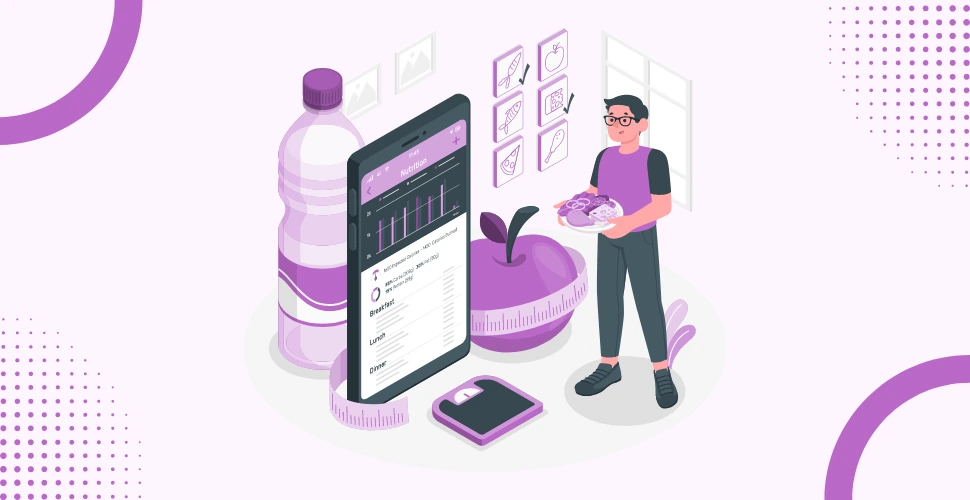
Building a diet and nutrition app goes beyond tracking meals and calories—it’s about creating a platform that truly supports users in their health journeys. A successful app should not only educate but also engage and inspire, turning small dietary changes into sustainable habits.
As the digital health space continues to evolve, now is the time to bring your vision to life. Whether you want to integrate AI-driven meal planning, community engagement features, or seamless wearable integrations, the right approach can make all the difference.
At Innow8 Apps, we specialize in crafting intuitive, impactful digital solutions that help businesses thrive. Our expert team transforms ideas into powerful mobile applications, ensuring innovation meets functionality. Ready to build your diet and nutrition app? Let’s make it happen—contact us today!
FAQs
How do I determine my target audience for the app?
Identifying your target audience involves market research to understand demographics, dietary needs, and preferences. Consider segments like fitness enthusiasts, those with specific dietary restrictions (e.g., vegan, gluten-free), or individuals looking to lose weight. Surveys, focus groups, and competitor analysis can provide valuable insights.
What technology stack should I consider for development?
Commonly used technology stacks include:
- For mobile apps: Swift (iOS), Kotlin (Android), or cross-platform frameworks like React Native or Flutter.
- Backend development: Node.js, Python with Django, or Ruby on Rails.
- Database: Firebase, PostgreSQL, or MongoDB.
- Hosting services can include AWS, Google Cloud, or Heroku.
How can I ensure my app remains compliant with nutritional guidelines?
Collaborate with registered dietitians and nutrition experts during the app development process to align the content with established dietary guidelines. Additionally, refer to resources such as the USDA's Dietary Guidelines for Americans and consider legal requirements, such as data protection regulations (e.g., GDPR).
What are some common challenges when developing a diet and nutrition app?
Common challenges may include keeping nutritional data accurate and up-to-date, ensuring user privacy and data security, engaging users long-term, and competing with established apps. Conducting thorough market research and user testing can help mitigate some of these issues.
Turn your diet app idea into reality with Innow8 Apps. Contact us now to get started!
Recent Blogs:
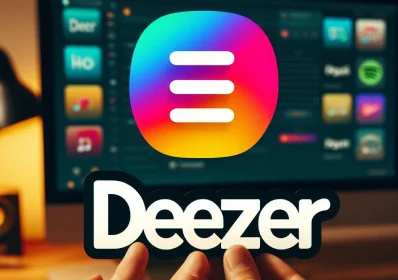
Cost Breakdown: Create an App Like Deezer
Discover the expenses of developing a music streaming app like Deezer. Get insights into fea...
Read More
The Ultimate App Security Checklist for Aspir...
Explore this comprehensive checklist to strengthen your apps against potential threats and p...
Read More
Blockchain technology is revolutionizing the ...
Read about how Blockchain is revolutionizing supply chain management. It lowers costs, incre...
Read More